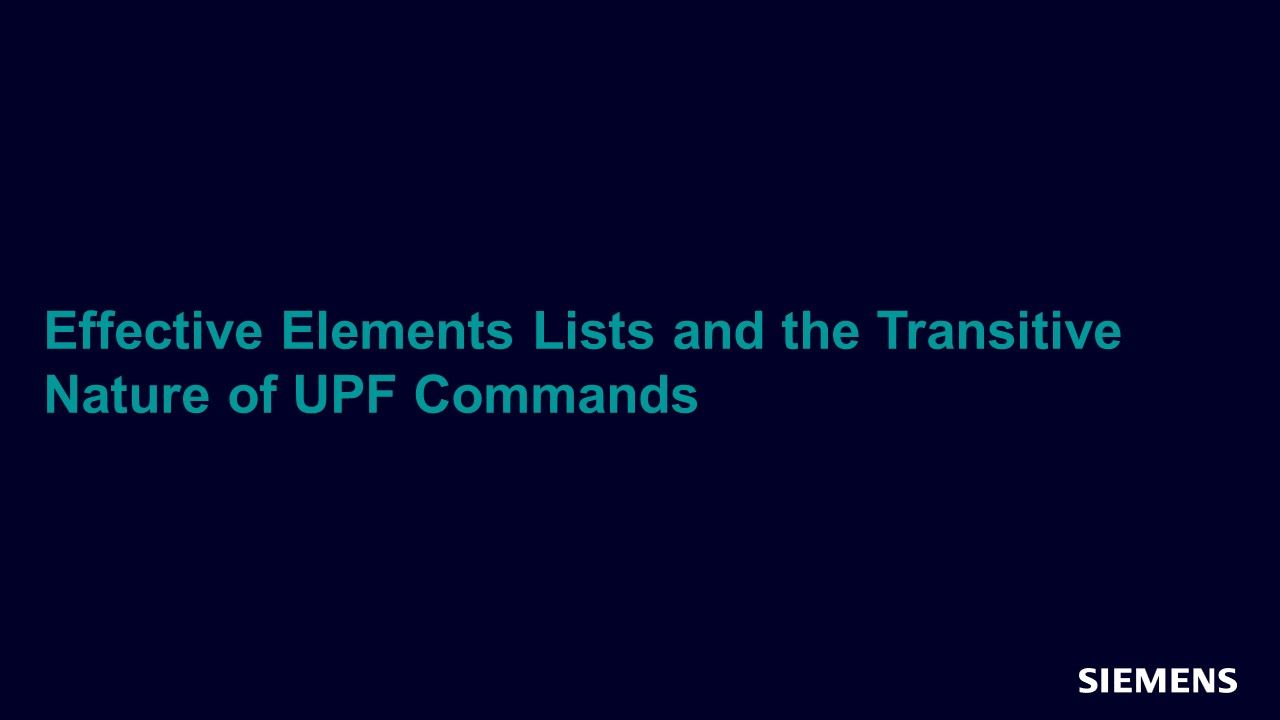Effective Elements Lists and the Transitive Nature of UPF Commands
In this article, we provide a simplistic approach to find inherent links between UPF commands-options through their transitive nature. We also explain how these inherent features help to foster and establish exact relationships between UPF and DUT objects in order to develop UPF for power management and implementation as well as conduct power aware verification.

Full-access members only
Register your account to view Effective Elements Lists and the Transitive Nature of UPF Commands
Full-access members gain access to our free tools and training, including our full library of articles, recorded sessions, seminars, papers, learning tracks, in-depth verification cookbooks, and more.